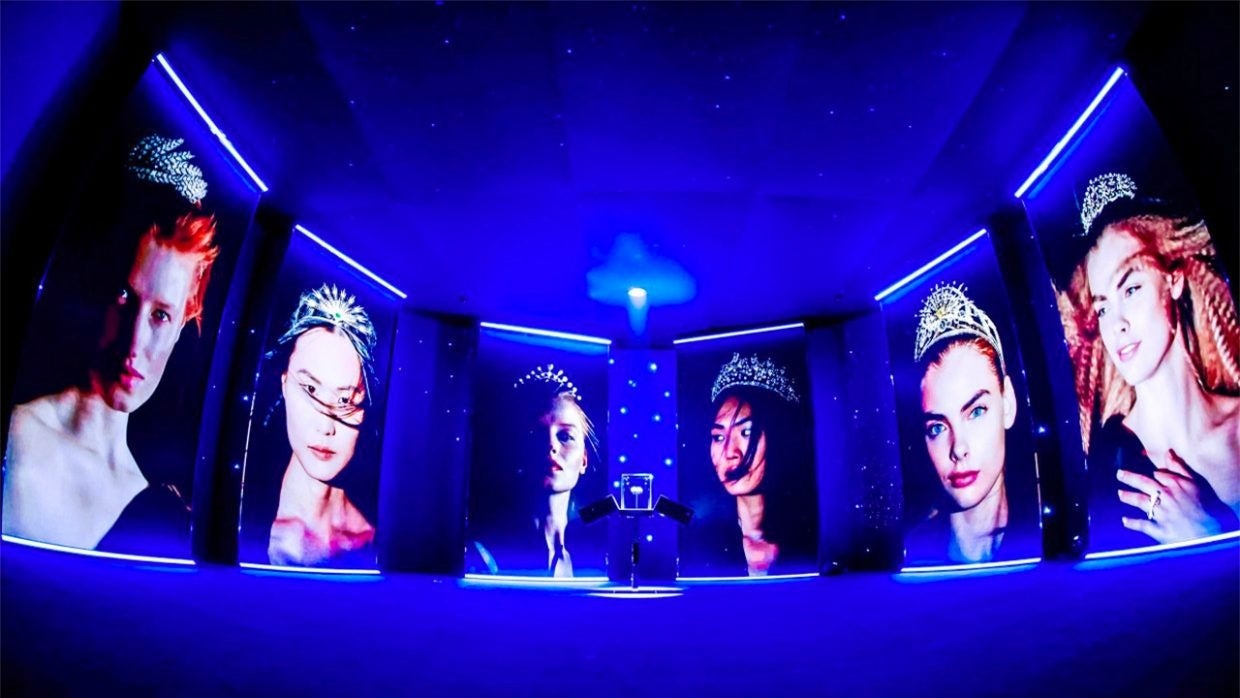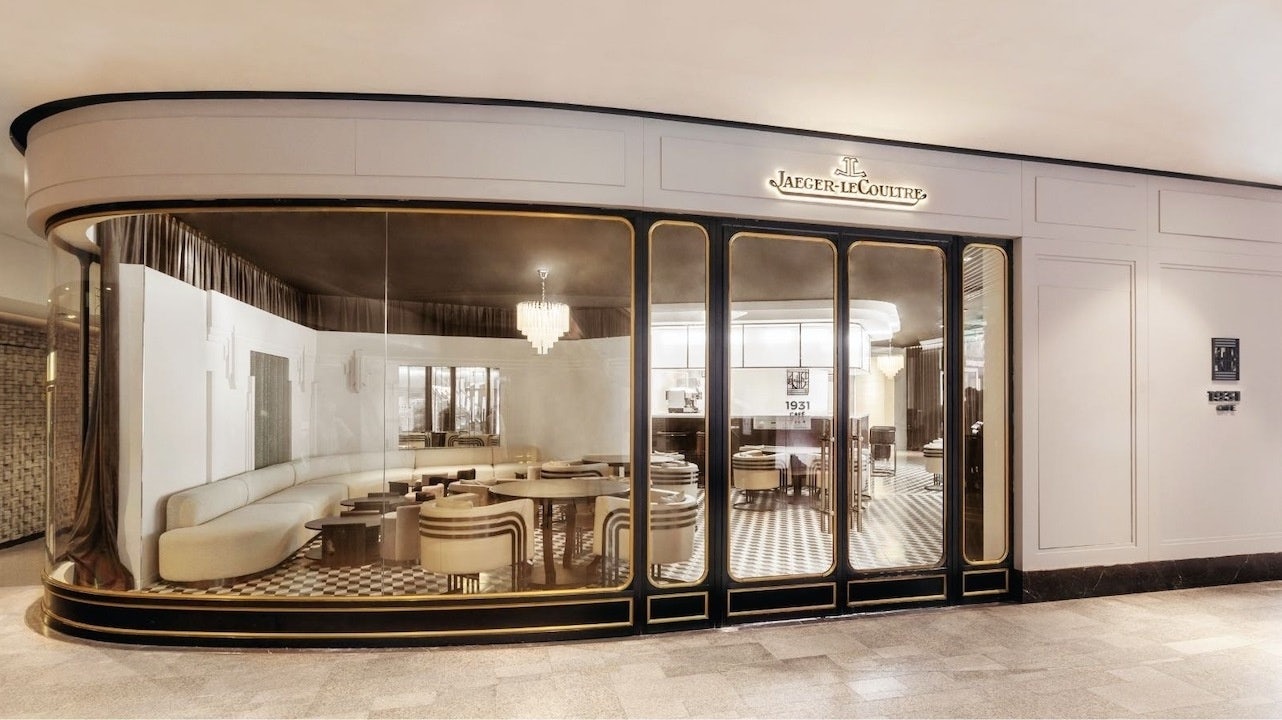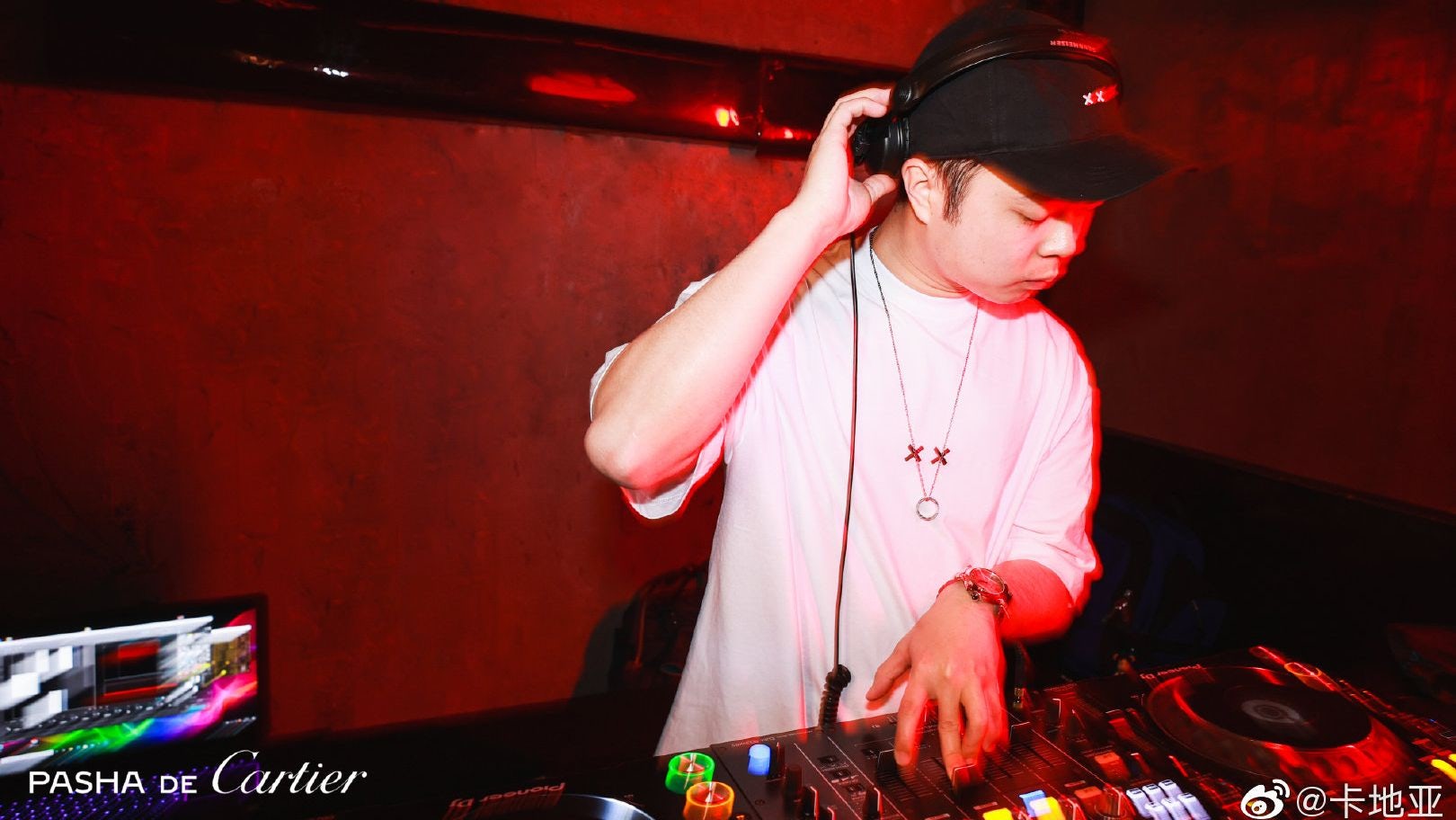The following is an excerpt from Jing Daily’s market report “The Secrets to Selling Hard Luxury To China’s Gen Z.” Packed with 73 pages of market research, spotlight interviews with industry insiders and brand executives, and revenue-generating consumer insights, the report is a must-read for anyone interested in understanding — and effectively reaching — China’s next generation of luxury watch and jewelery buyers. Get your copy today on our Reports page.#
Chinese Gen Zers have lower spending power than their older counterparts but a growing demand for luxury. For hard luxury brands wanting to engage this demographic, the proven best practice is to offer aspirational and attainable experiences that are easily shareable online. The end result of this type of engagement may not be immediate sales, but rather a groundwork of positive sentiment that can motivate a purchase at a later date.
Pop-up events are an effective tactic for luxury brands to attract young, experience-hungry consumers in China. While some brands have opted to open permanent cafés within their China locations in recent years — examples being Tiffany & Co. Blue Box Cafés in Shanghai and Hong Kong, and Burberry’s Thomas’s Café in Shenzhen — hard luxury brands are increasingly considering short-term pop-ups and exhibitions to entertain and educate young consumers.
The common thread uniting these pop-ups and activations is that their primary considerations are footfall and brand education rather than immediate sales, and associating the hard luxury brand with a secondary, affordable activity — for example, viewing an art exhibition or enjoying a cup of coffee.
For its millennial and Gen Z-focused “Make Your Own Path” 方圆无界 initiative in November 2020, Cartier commissioned work from eight young artists — among them photographer Zhang Jiacheng, designer Chen Fenwan, and graffiti artist Chen Yingjie — which was then displayed at prominent Shanghai landmarks. Soon after, Cartier hosted a special exhibition for the campaign, which subtly promoted its new Pasha De Cartier watches, at Shanghai’s Power Station of Art.
While the primary goal of the initiative may have been to promote its watch line, “Make Your Own Path” successfully attracted the attention and enthusiasm of young consumers by involving them in an accessible and wide-ranging campaign. (Encompassing everything from art displays to a livestreamed clubbing event and a Douyin campaign that invited users to show off their dance moves, which attracted 1.1 billion views.)
Along the same lines, Chaumet launched an offline “Tiara Dream” exhibition in Beijing in November 2021 that offered an immersive experience for visitors, plus a digital experience via a WeChat “showroom” for individuals unable to visit in real life.

Another tactic to engage and entertain young consumers without the investment or commitment of a permanent installation is the themed pop-up café, a strategy used by Jaeger-LeCoultre in June 2021 with its Art Deco 1931 Café. Designed to mark the 90th anniversary of the launch of its famed Reverso watch, the luxury ocean liner-themed 1931 Café premiered at Shanghai’s K11 Art Mall before relocating to Paris.
While few guests at the 1931 Café purchased a Reverso or Duomètre timepiece on the spot, virtually anyone could afford a cappuccino and a pastry, making the pop-up an attainable early touchpoint with a storied brand that built strong goodwill while being inherently social media-shareable.
Generally lacking the spending power of older, more affluent consumers, Gen Zers in China often save up for months to make small-scale luxury purchases, meaning luxury jewelry and watches tend to come last while cosmetics or small leather accessories come first. Yet these jewelry and watch purchases, for millions of Chinese consumers, are crucial future purchases that signify success and sophistication. According to one oft-cited online phrase in China, “Poor people compete over cars, while rich people compete over watches.” (“穷玩车,富玩表.”)

